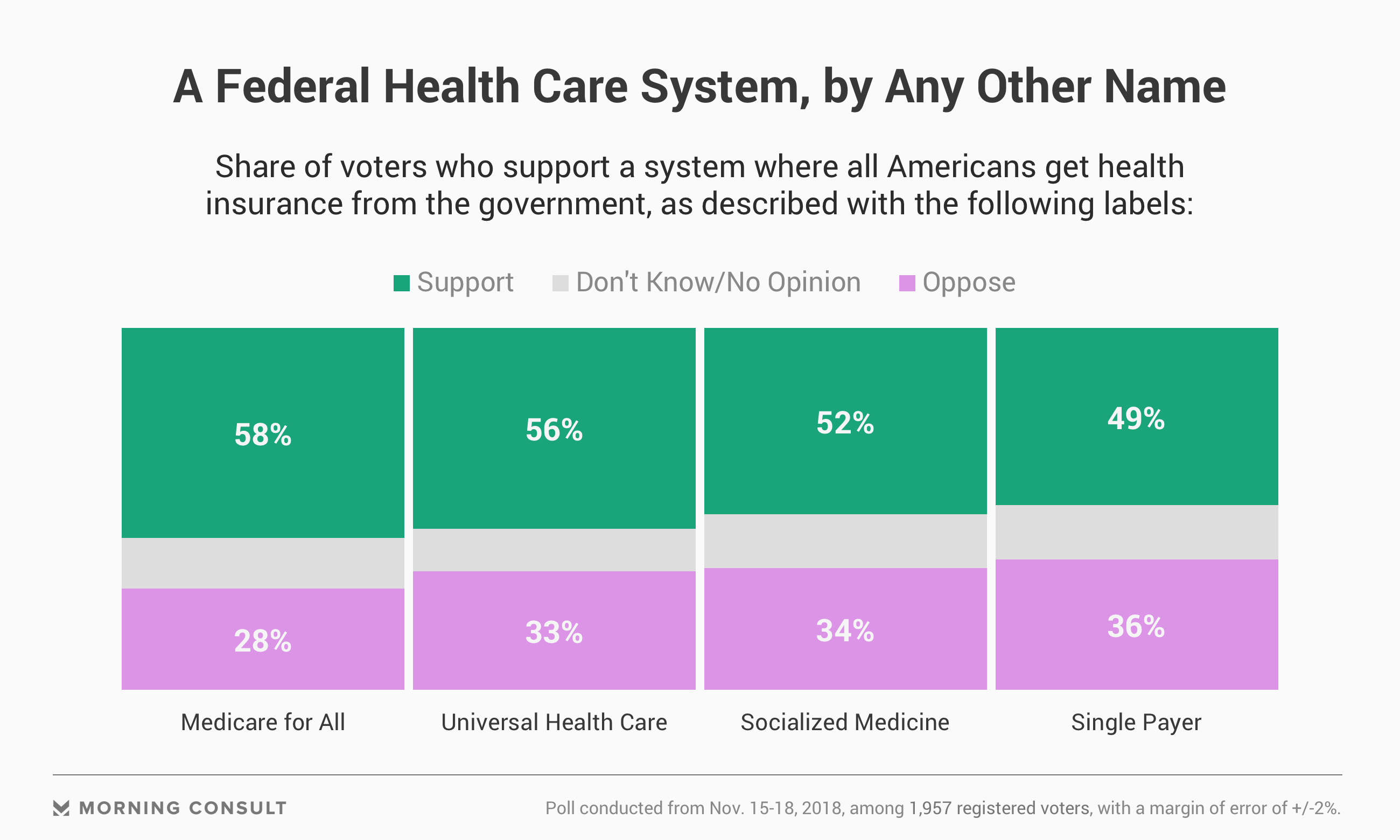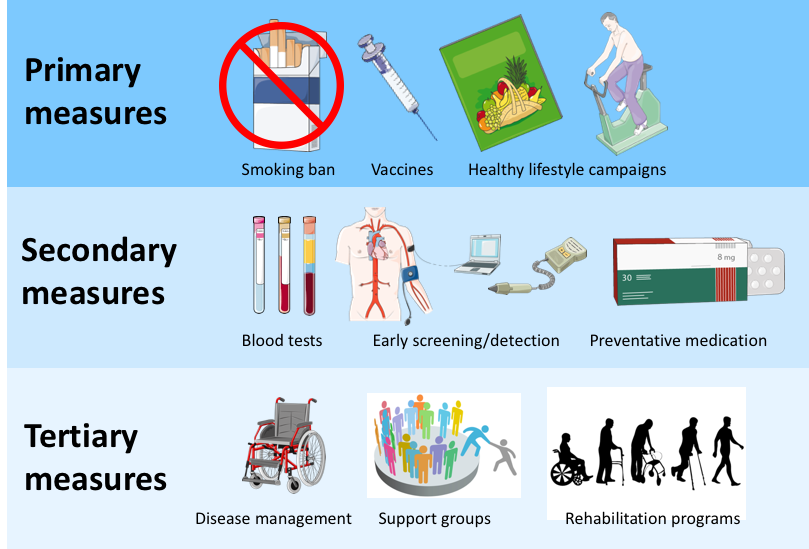More About Which Of The Following Is A Government Health Care Program?
Each country's having different policies and top priorities has actually led to a Helpful resources range of differences existing in between the systems. That said, each country supplies public health care to all UK long-term homeowners that is totally free at the point of use, being paid for from general tax. In addition, each also has an economic sector which is substantially smaller than its public equivalent, with arrangement of personal health care obtained by ways of personal health insurance coverage, funded as part of an employer moneyed healthcare plan or paid directly by the consumer, though arrangement can be limited for those with conditions such as HIV/HELP.
These commissioning bodies do not offer services themselves directly, but procure these from NHS Trusts and Structure Trusts, in addition to personal, voluntary, and social enterprise sector companies. Healthcare in Australia is provided by both personal and government institutions. Medicare is the openly financed universal healthcare endeavor in Australia.
Medicare is funded partially by a 2% income tax levy (with exceptions for low-income earners), however primarily out of basic income. An additional levy of 1% is imposed on high-income earners without personal medical insurance. Along with Medicare, there is a different Pharmaceutical Advantages Scheme that significantly subsidises a series of prescription medications.
Structure upon less structured foundations, in 1963 the presence of a single-payer healthcare system in Spain was established by the Spanish government. The system was sustained by contributions from workers, and covered them and their dependants. The universality of the system was developed later on in 1986. At the same time, management of public health care was handed over to the various self-governing neighborhoods in the country.
Additionally, in parallel to the single-payer health care system there are private insurance companies, which offer coverage for some personal physicians and medical facilities. Companies will sometimes offer private health insurance as an advantage, with 14. 8% of the Spanish population being covered under personal medical insurance in 2013 - how does the triple aim strive to lower health care costs?. In 2000, the Spanish health care system was ranked by the World Health Organization as the 7th finest worldwide.

Medicare in the United States is a public healthcare system, but is restricted to persons over the age of 65, people under 65 who have particular impairments, and anybody with end-stage kidney illness. A number of proposals have been produced a universal single-payer healthcare system in the United States, among them the United States National Healthcare Act (popularly called H.R.
On July 18, 2018, it was announced that over 60 Home Democrats would be forming a Medicare for All Caucus. Supporters argue that preventive health care expenses can conserve several numerous billions of dollars per year because publicly financed universal healthcare would benefit companies and customers, that companies would benefit from a bigger swimming pool of prospective consumers and that companies would likely pay less, would be spared administrative costs, and injustices in between companies would be decreased.
The 9-Second Trick For What Is The Republican Health Care Plan
At over 27 million, the number of individuals without medical insurance coverage in the United States is among the primary issues raised by advocates of healthcare reform. Lack of health insurance coverage is connected with increased death about sixty thousand preventable deaths per year, depending upon the study. A study done at Harvard Medical School with Cambridge Health Alliance showed that nearly 45,000 yearly deaths are connected with an absence of client health insurance coverage.
Backers of single-payer or Medicare for All note that minorities and the bad, along with rural locals in basic, are less able to manage personal medical insurance, which those who can must pay high deductibles and co-payments that threaten households with monetary destroy. Advocates likewise argue that single-payer could benefit from a more fluid economy with increasing economic growth, aggregate need, corporate earnings, and lifestyle.
Any nationwide system would be spent for in part through taxes changing insurance coverage premiums, however advocates also think cost savings would be understood through preventive care and the elimination of insurance provider overhead and healthcare facility billing expenses. A 2008 analysis of a single-payer bill by Physicians for a National Health Program estimated the instant savings at $350 billion Mental Health Facility each year.
Opponents argue that access to health care diminishes under single-payer systems, and that the general quality of care suffers. Challengers also claim that single-payer systems trigger shortages of basic doctors and professionals and decrease access to medical innovation. Government is increasingly associated with U.S. health care spending, paying about 45% of the $2.

Nevertheless, studies have shown that the publicly administered share of health costs in the U.S. might be closer to 60% as of 2002. According to Princeton University health economist Uwe Reinhardt, U.S. Medicare, Medicaid, and State Kid's Medical insurance Program (SCHIP) represent "forms of 'social insurance' combined with a mainly private health-care delivery system" rather than Mental Health Delray kinds of "socialized medicine." In contrast, he explains the Veterans Administration healthcare system as a pure form of mingled medication due to the fact that it is "owned, run and financed by federal government." In a peer-reviewed paper released in the, scientists of the RAND Corporation reported that the quality of care received by Veterans Administration clients scored significantly greater overall than did comparable metrics for patients presently utilizing United States Medicare.
The act would develop a universal single-payer healthcare system in the United States, the rough equivalent of Canada's Medicare, the United Kingdom's National Health Service, and Taiwan's Bureau of National Medical Insurance, among other examples. The bill was initially introduced in 2003 and has actually been reestablished in each Congress given that.
676 was anticipated to be debated and voted upon by the Home in September 2009, but was never disputed. In the wake of Bernie Sanders' 2016 governmental project, in which a push for universal healthcare included prominently, single-payer propositions acquired traction. Conyers reestablished his bill in your home of Representatives in January 2017.
The Employer: Fundamentals Explained
In September of the same year, Sanders himself, together with 16 co-sponsors, introduced a Medicare-for-all expense in the Senate (S. 1804). An analysis of a Mercatus Center research study of the 2017 proposal by financial expert Jeffrey Sachs found that "it truly and straightforwardly concludes that M4A would supply more healthcare protection at lower cost than the status quo, predicting a net decrease in national health expenses of approximately $2 trillion over a 10-year period (2022-2031), while likewise making it possible for increased health care coverage." The Congressional Budget Office and associated federal government companies scored the cost of a single-payer health care system a number of times since 1991.
A July 1993 scoring likewise led to favorable outcomes, with the CBO mentioning that," [a] s the program was phased in, the administrative cost savings from changing to a single-payer system would balance out much of the increased need for healthcare services. Later, the cap on the growth of the nationwide health budget would hold the rate of growth of spending below the standard." The CBO likewise scored Sen.
The research study took a look at both direct costs charged by insurers for profit, administration and marketing however also the indirect concern put on health care suppliers like medical facilities, nursing homes and physicians for costs they incurred in working with personal health insurers including contract negotiations, financial and scientific record-keeping (variable and idiosyncratic for each payer).
